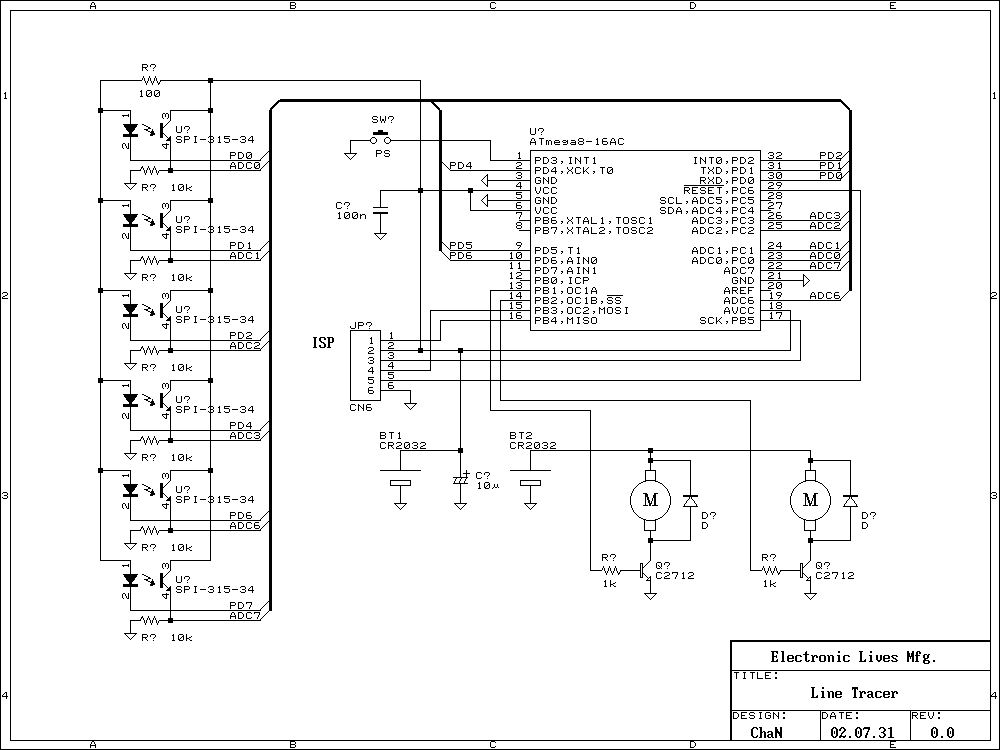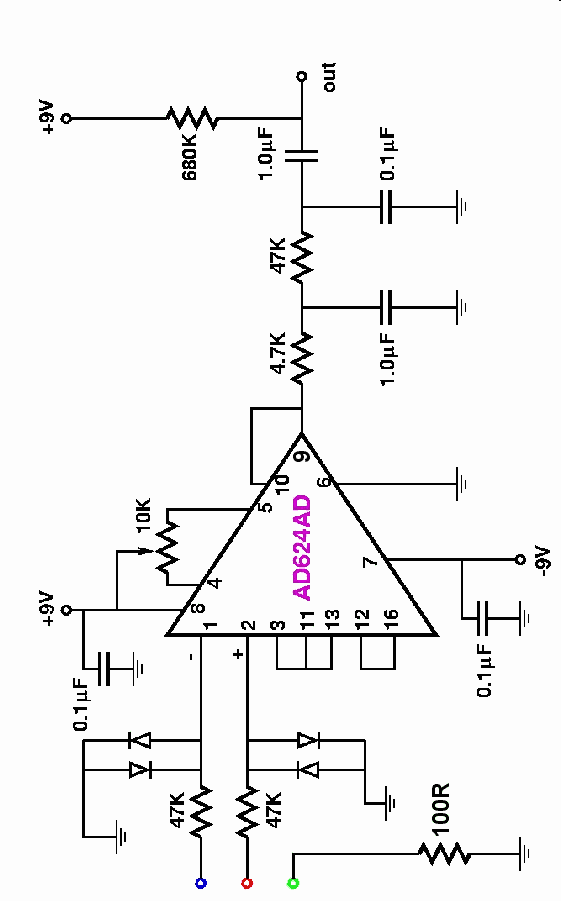
DESKTOP 386SX PC AS DAQ (Data AQuisitor)

Chipmunk BASIC has many useful functions. A small BASIC file was created to read the serial port and plot the value on the screen (available upon request for free). The desktop 386SX PC is equipped with a 1.44MB floppy disk drive and a 40MB hard drive, along with a VGA graphics card featuring 256KB of VRAM. The BIOS was configured without a keyboard, so no keyboard is used. A monitor is also not required; however, the graphics card must be connected, or the power-on self-test (POST) will beep and halt. MS-DOS 5.0 is installed, along with a simple AUTOEXEC.BAT file and a program that reads from address 220h to access the ADC0804 and then transmits the value through COM1 at a baud rate of 9600, with 1 stop bit, no parity, and 8 data bits. Turbo C BIOS services are employed on INT14h for communication.
The described system utilizes a 386SX PC architecture, which is a 32-bit microprocessor known for its compatibility with a variety of peripherals and operating systems. The integration of Chipmunk BASIC allows for straightforward programming capabilities, particularly in handling serial communication. The BASIC file serves as a bridge between the ADC0804 analog-to-digital converter and the PC's serial port, facilitating the visualization of data collected from analog sources.
The ADC0804, a popular 8-bit ADC, is interfaced at memory address 220h, allowing the BASIC program to read its output. This setup is particularly beneficial for applications requiring real-time data acquisition from analog sensors. The choice of 9600 baud rate for serial communication is standard for many applications, ensuring reliable data transmission while accommodating the limitations of the hardware.
The system's configuration, which excludes a keyboard and monitor, indicates a focus on automated data logging or remote monitoring scenarios. The requirement for the graphics card to be connected is crucial, as it allows the system to complete the POST sequence successfully. The use of Turbo C BIOS services on INT14h for communication underscores the reliance on low-level programming to manage serial I/O operations effectively.
Overall, this configuration exemplifies a compact and efficient setup for data acquisition and visualization, leveraging the capabilities of legacy hardware and software to perform tasks that remain relevant in various engineering applications today.Chipmunk BASIC has lots off useful functions. So I wrote a small BASIC file to read the serial port and then plot the value on screen (Avaliable upon request FREE). The desktop 386SX PC has a 1. 44 FD and a 40M HD, a VGA with 256k of VRAM. BIOS was configure as no KERBOARD, so no keyboard is used. No monitor is needed either, but graphics card mus t be plugged, or POST (power-on self test) will beep and halt. MS-DOS 5. 0 is installed, a simple AUTOEXEC. BAT and a program that reads address 220h to access the ADC0804 and then send the value thru COM1: 9600, 1 stop bit, No parity, 8 data bits. Using Turbo C BIOS services on INT14h to communitcate. 🔗 External reference
The described system utilizes a 386SX PC architecture, which is a 32-bit microprocessor known for its compatibility with a variety of peripherals and operating systems. The integration of Chipmunk BASIC allows for straightforward programming capabilities, particularly in handling serial communication. The BASIC file serves as a bridge between the ADC0804 analog-to-digital converter and the PC's serial port, facilitating the visualization of data collected from analog sources.
The ADC0804, a popular 8-bit ADC, is interfaced at memory address 220h, allowing the BASIC program to read its output. This setup is particularly beneficial for applications requiring real-time data acquisition from analog sensors. The choice of 9600 baud rate for serial communication is standard for many applications, ensuring reliable data transmission while accommodating the limitations of the hardware.
The system's configuration, which excludes a keyboard and monitor, indicates a focus on automated data logging or remote monitoring scenarios. The requirement for the graphics card to be connected is crucial, as it allows the system to complete the POST sequence successfully. The use of Turbo C BIOS services on INT14h for communication underscores the reliance on low-level programming to manage serial I/O operations effectively.
Overall, this configuration exemplifies a compact and efficient setup for data acquisition and visualization, leveraging the capabilities of legacy hardware and software to perform tasks that remain relevant in various engineering applications today.Chipmunk BASIC has lots off useful functions. So I wrote a small BASIC file to read the serial port and then plot the value on screen (Avaliable upon request FREE). The desktop 386SX PC has a 1. 44 FD and a 40M HD, a VGA with 256k of VRAM. BIOS was configure as no KERBOARD, so no keyboard is used. No monitor is needed either, but graphics card mus t be plugged, or POST (power-on self test) will beep and halt. MS-DOS 5. 0 is installed, a simple AUTOEXEC. BAT and a program that reads address 220h to access the ADC0804 and then send the value thru COM1: 9600, 1 stop bit, No parity, 8 data bits. Using Turbo C BIOS services on INT14h to communitcate. 🔗 External reference





